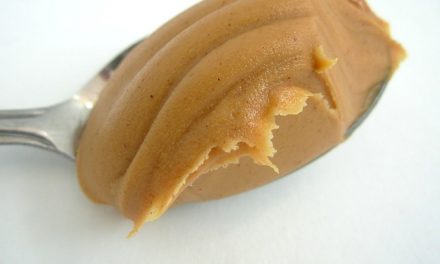In recent years, bison meat has become a trendy option, both for its perceived heath benefits and, for some people, the sweet, rich flavor.
The meat is promoted as containing less fat than beef, but that depends upon the cut, grade and trimming. Bison is also more expensive than beef, so it's worth a closer look at the health claims.
Comparing similar cuts, bison comes out slightly leaner.
According to USDA nutritional analysis, a three-ounce cooked portion (the size of a deck of cards) of bison ribeye contains 150 calories and 2 grams of saturated fat.
Beef ribeye graded "choice" (with more marbling throughout the meat) contains 177 calories and 3 grams of saturated fat.
But a leaner option, beef ribeye graded "select," is similar to bison, in calories and saturated fat. Lean cuts like this from either source are good choices to help you limit saturated fat for heart health.
Bison meat tends to have less fat marbled through the meat, so for higher fat cuts you may be able to trim off some fat.
For bison burgers, USDA figures for a three-ounce portion range from approximately 150 to 200 calories, depending on the amount of fat.
Ground beef burgers are often higher in fat, but with comparable percent fat choices, calories and fat are similar.
Some consider bison a healthier choice because it is grass-fed and raised without hormones, though some are now fed grain for the final few months.
Based on the nutritional composition of bison, it would make sense to keep its use within the recommended limit for total red meat of 18 ounces per week.











